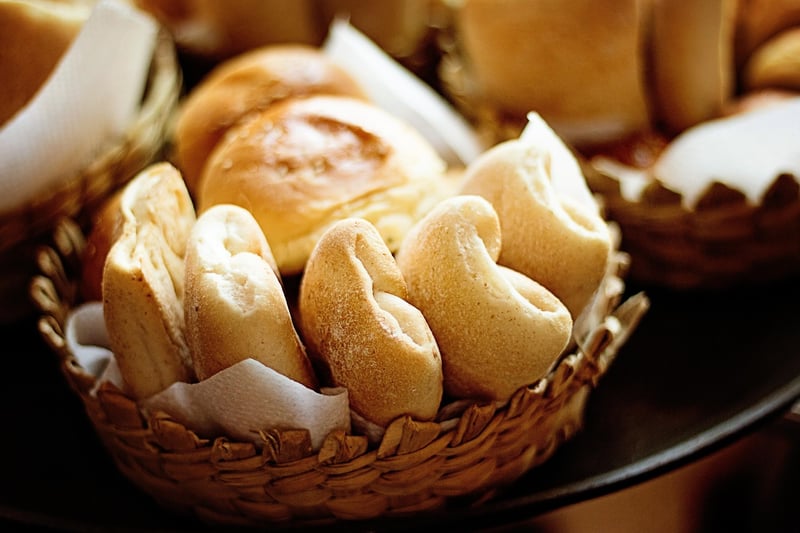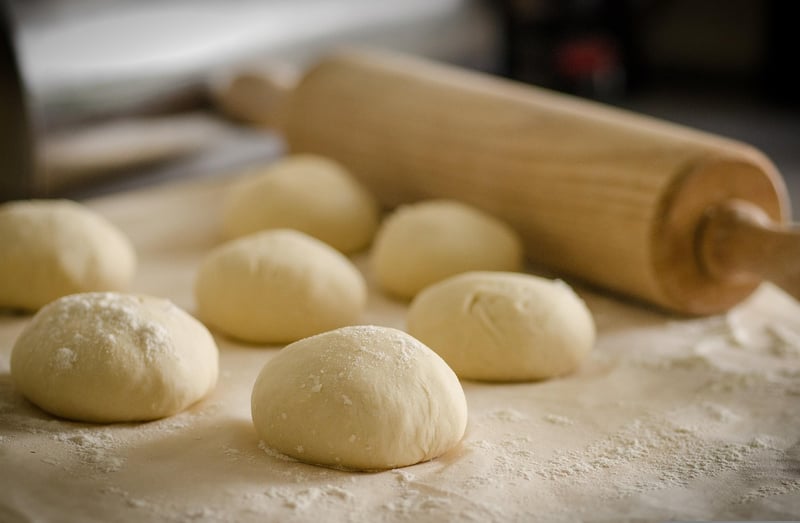Chemical Leavening
The Future of Baking: Cutting-Edge Methods and Chemical Leavening
Baking has always been a blend of science and art, and as technology continues to advance, new methods are constantly being developed to improve this age-old practice. One such innovation that is revolutionizing the baking industry is the use of cutting-edge techniques combined with chemical leavening agents.
What is Chemical Leavening?
Chemical leavening involves the use of chemical agents such as baking powder or baking soda to create gas bubbles in a batter or dough, resulting in its expansion and lightening during the baking process. This method is commonly used in recipes that require quick and consistent rising, such as cakes, muffins, and quick breads.
Benefits of Chemical Leavening
- Efficiency: Chemical leavening agents work quickly, allowing baked goods to rise evenly without the need for extended proofing times.
- Consistency: By carefully controlling the amount of leavening agent used, bakers can achieve consistent results with every batch.
- Versatility: Chemical leavening can be used in a wide range of recipes, from delicate cakes to hearty biscuits, providing versatility in baking applications.
Cutting-Edge Baking Methods
Alongside the use of chemical leavening, modern baking techniques have also seen significant advancements that have transformed the way baked goods are prepared and enjoyed. Some of the cutting-edge methods include:
- Sous-Vide Baking: This precise temperature-controlled method involves baking ingredients in vacuum-sealed bags, resulting in perfectly cooked and moist products.
- 3D Food Printing: Bakers can now use specialized printers to create intricate designs and decorations for cakes and pastries, adding a new level of creativity to baking.
- Cryo-Crystallization: By rapidly freezing and thawing ingredients, bakers can create unique textures and structures in their baked goods, leading to innovative dessert creations.
By combining these cutting-edge baking methods with the precision of chemical leavening, bakers can push the boundaries of traditional baking and create new and exciting culinary experiences for consumers.
Conclusion
As technology continues to evolve, the future of baking looks brighter than ever. By embracing both chemical leavening techniques and innovative baking methods, bakers can unlock a world of possibilities and redefine what is possible in the world of baked goods.
Whether you are a seasoned baker looking to expand your skills or a baking enthusiast eager to experiment with new techniques, incorporating cutting-edge methods and chemical leavening into your recipes can take your creations to the next level.
Get ready to elevate your baking game and explore the exciting intersection of tradition and innovation in the world of baking!


